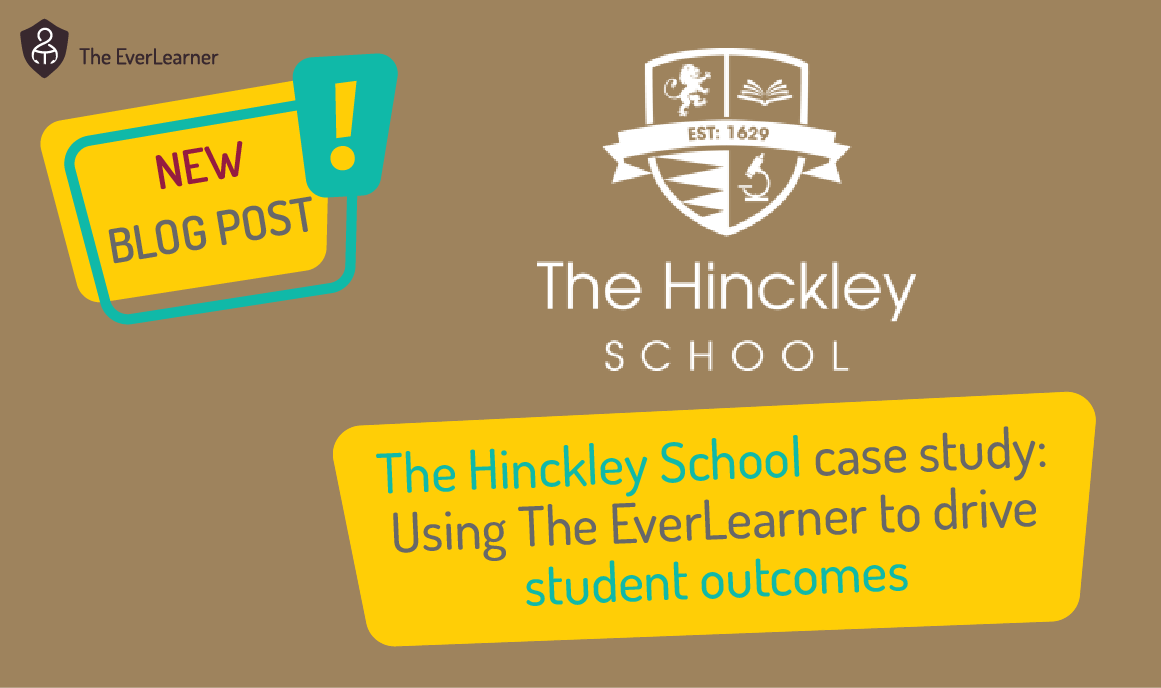Schools are sedentary institutions! Move More Month might be able to help
Dear reader,
Welcome to my blog. I am a PE teacher and I publish every single Wednesday at 19:00 UK.
This week, I would like to take the opportunity to draw your attention to Move More Month. September 2023 is Move More Month in the UK, as it will be every September, I hope. Move More Month is a US-founded movement that encourages movement and exercise amongst sufferers of cancer and other illnesses and I have been reading about it in recent weeks.
As I found out more about the campaign, I realised how much overlap there was with my genre of work: secondary schools in the UK. You see, movement really does matter to people who are poorly. Absolutely! But it also matters for everyone and it certainly matters for the children that fill our classrooms, school corridors and dining halls.
Do you agree?
If we accept that the term sedentary means "that spends most of the time sitting or lying down", is my observation reasonable?
Perhaps I can try to persuade you:
- The vast majority of class time in secondary is spent sitting down and not moving.
- The most active period of many children's school day is break time or travelling to/from school. In other words, often, when children are active, it is in spite of the school day not because of it.
- The most movement-oriented subjects such as PE and drama are commonly seen as secondary or peripheral.
- Movement spaces such as sports fields, gymnasia and even school yards are too often on the geographical periphery of a campus.
- In many institutions, these movement spaces (sports halls, fields, drama studios etc...) spend more school-day time empty than full.
What if I was to ask this of you:

(in no particular order...)
- Maths and computing lessons
- Break times
- Core PE lessons
- GCSE/A-level/BTEC PE/Sport
- Travelling to and from school
- Arts lessons (music, art, drama)
- Humanities lessons (geography, history, RS)
- Language lessons (English, MFL)
What do you come up with? In general, which groupings are at the top and bottom of your ranking for "the average school student"?
If I place my answer here, do you agree?
Most active
- Core PE lessons
- Travelling to and from school
- Break times
- GCSE/A-level/BTEC PE/Sport
- Arts lessons (music, art, drama)
- Humanities lessons (geography, history, RS)
- Maths and computing lessons
- Language lessons (English, MFL)
Least active
According to my rankings, the least movement-oriented experiences are also those that, on average, are deemed to be the most important. Why? Why is maths, say, sedentary, in the main, and why is it deemed so important that it is acceptable to be done sat down? How about English? How about geography?
But, importantly (especially because so many PE teachers read this blog), why is theoretical PE teaching and learning (GCSE, A-level, etc.) relatively sedentary? Why are PE teachers, arguably, too often selecting classrooms as the locations where PE theoretical ideas can be honed? If indeed PE theory teaching/learning is only slightly more practical than music, art and drama, are PE teachers making assumptions about what classroom teaching is and drifting towards a maths, languages and humanities model?
With these questions in mind and in order to celebrate Move More Month, I have decided to share with you three highly detailed lesson plans that you may download and use completely freely. The lessons are specifically designed for AQA GCSE PE but can be adapted for any course. I chose three quintessential lessons that so many PE teachers cover and they are:
- The skeleton
- Features of joints
- Muscle contractions
All three lessons can be considered very high-quality theory learning lessons but they are also based away from the classroom and should be conducted in a sports hall, gymnasium or other appropriate space. Crucially, the lessons use movement to emphasise learning experiences and as exemplification of the ideas being learned. In my opinion, the lessons are "far more real" than simply learning dry theory content in a classroom and I urge you to give them a go.
Assuming for a moment that you are a PE teacher, I also encourage you to engage teachers in other subjects with these provocative questions:
- Why are schools (and, specifically, school classrooms) commonly sedentary?
- What is the relationship between movement and learning in your subject?
- Does a maths/English/history/French (replace as required) teacher have any responsibility to cause movement in young people?
- Would you agree that the most active moments of the average student's day are before, between or after their classroom learning experiences? If so, why?
Whilst I could go on, hopefully this will be some food for thought.
Thank you for reading and enjoy the lesson plans. :)
%20Text%20(Violet).png)


